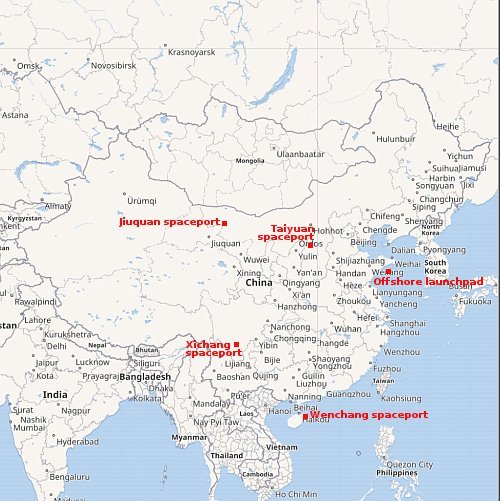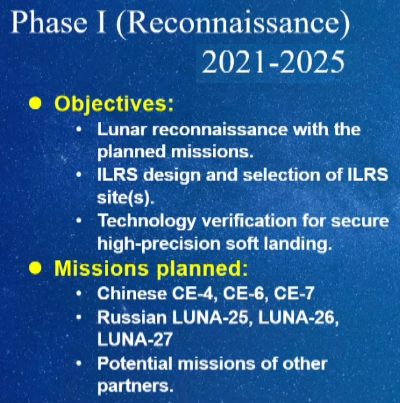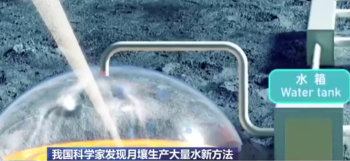China launches what it claims is “high-orbit internet services satellite”
China today successfully launched what its state-run press claimed was “high-orbit internet services satellite,” its Long March 3B rocket lifting off from its Xichang spaceport in southwest China.
No word on where the rocket’s lower stages and strap-on boosters crashed inside China. All use toxic hypergolic fuels.
As for the payload, this tweet from a independent reporter on China’s space program questions the claim that it is a communications satellite. Since China has told us nothing, we really know nothing. However, if it was really what its state-run press says it is, China would normally release a bit more information.
The leaders in the 2024 launch race:
96 SpaceX
45 China
11 Russia
11 Rocket Lab
American private enterprise still leads the rest of the world combined in successful launches 113 to 68, while SpaceX by itself now leads the entire world, including American companies, 96 to 85.
China today successfully launched what its state-run press claimed was “high-orbit internet services satellite,” its Long March 3B rocket lifting off from its Xichang spaceport in southwest China.
No word on where the rocket’s lower stages and strap-on boosters crashed inside China. All use toxic hypergolic fuels.
As for the payload, this tweet from a independent reporter on China’s space program questions the claim that it is a communications satellite. Since China has told us nothing, we really know nothing. However, if it was really what its state-run press says it is, China would normally release a bit more information.
The leaders in the 2024 launch race:
96 SpaceX
45 China
11 Russia
11 Rocket Lab
American private enterprise still leads the rest of the world combined in successful launches 113 to 68, while SpaceX by itself now leads the entire world, including American companies, 96 to 85.




